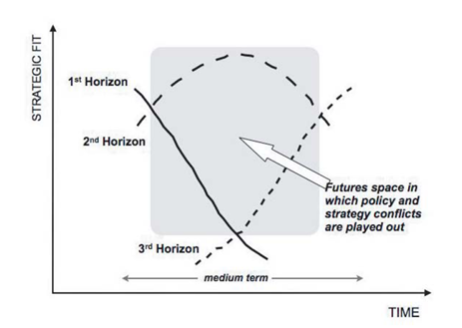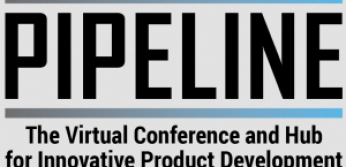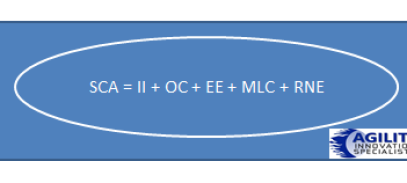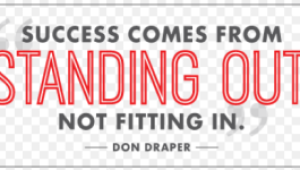 This week I tuned into the Pipeline virtual conference for product development practitioners and gained an encouraging feeling that innovation is progressing along nicely.
This week I tuned into the Pipeline virtual conference for product development practitioners and gained an encouraging feeling that innovation is progressing along nicely.
Packed all within a day there was plenty of material ‘fodder’ to feed off of and learn from.
A really good conference but what quickly followed was a strong dose of that withering on the innovation vine.
I read two consulting surveys on innovation
I’ve been suddenly pulled out of my virtual bubble back into the harsh realities of where innovation really is. Just simply how innovation is struggling and that lies far more at the top of our organizations than below, those below who are simply trying to ‘get on with the job’ but with at least one hand (or even two) tied behind their backs.
I have been reading two sets of observations, one from Fahrenheit 212, the other from Innosight and my mood began to change. I’m suddenly back in reality where we have this huge gap between those ‘working’ innovation and those at the top simply not engaging with innovation or still failing to understand it or even failing to connect the dots.
Continue reading “I wonder who is withering on the innovation vine?”








